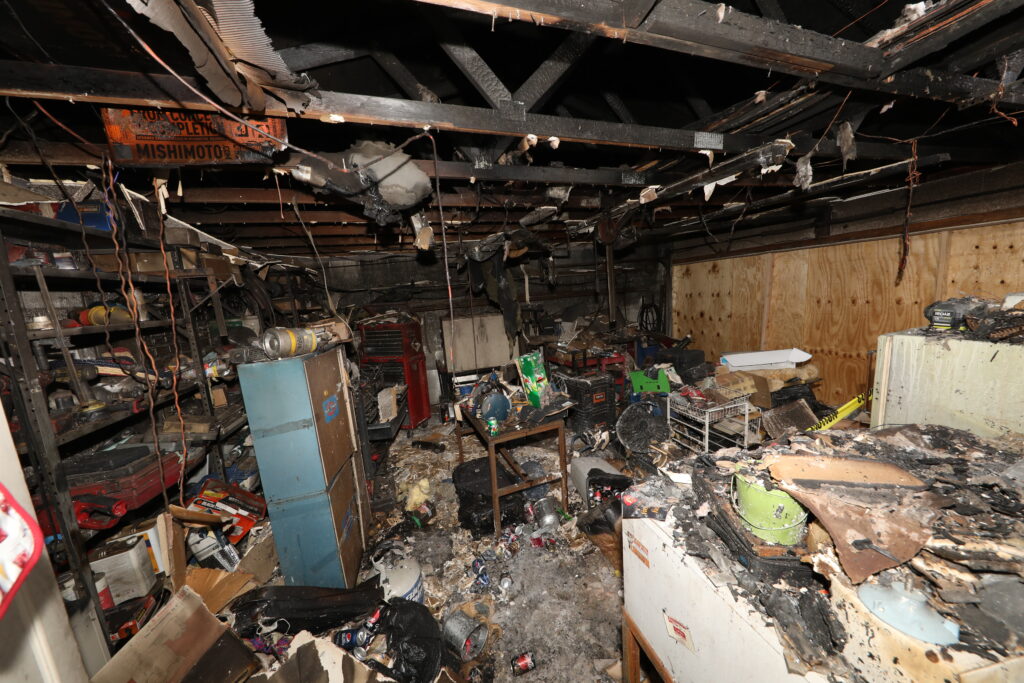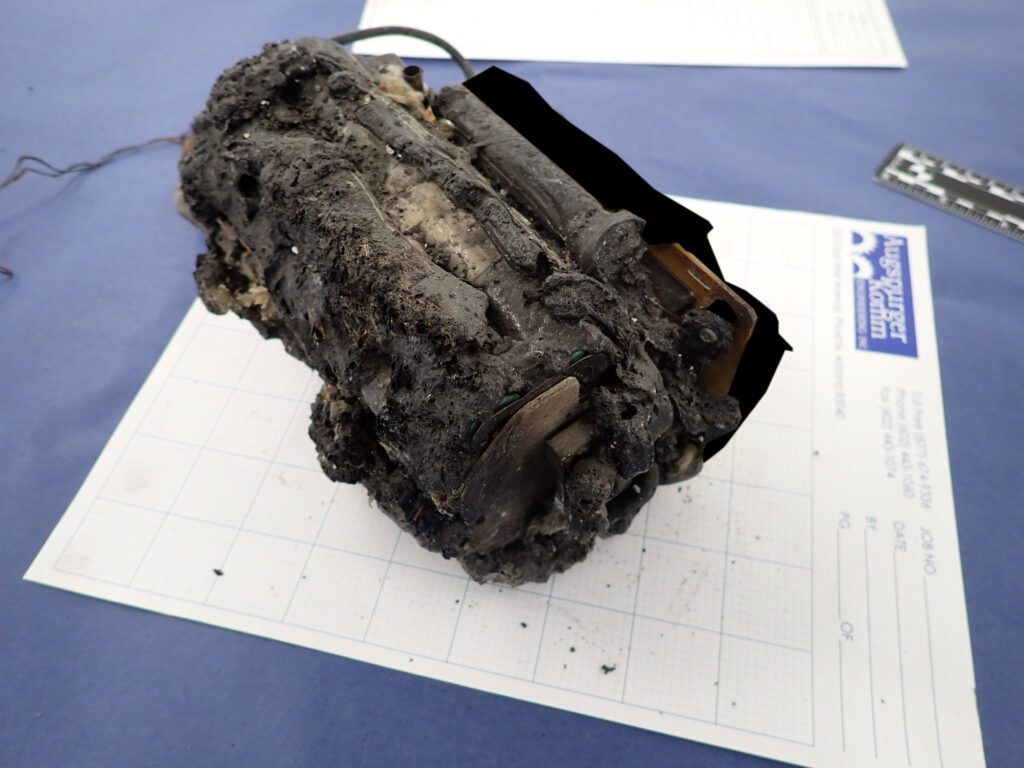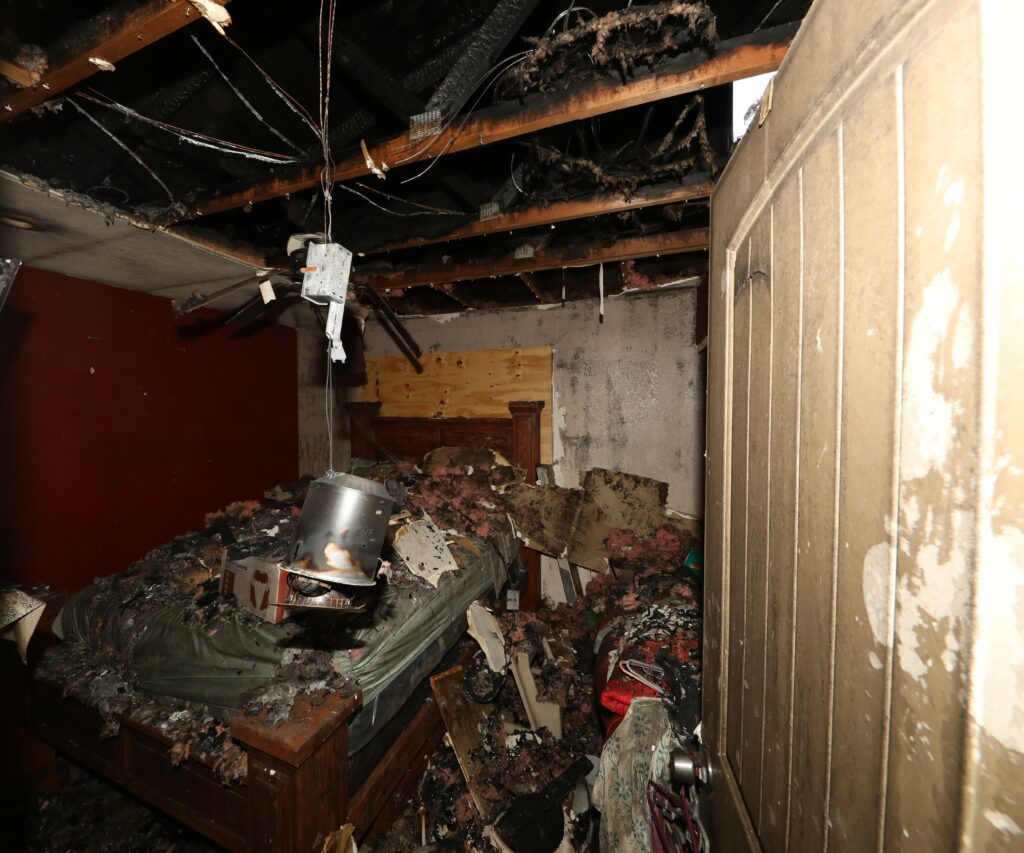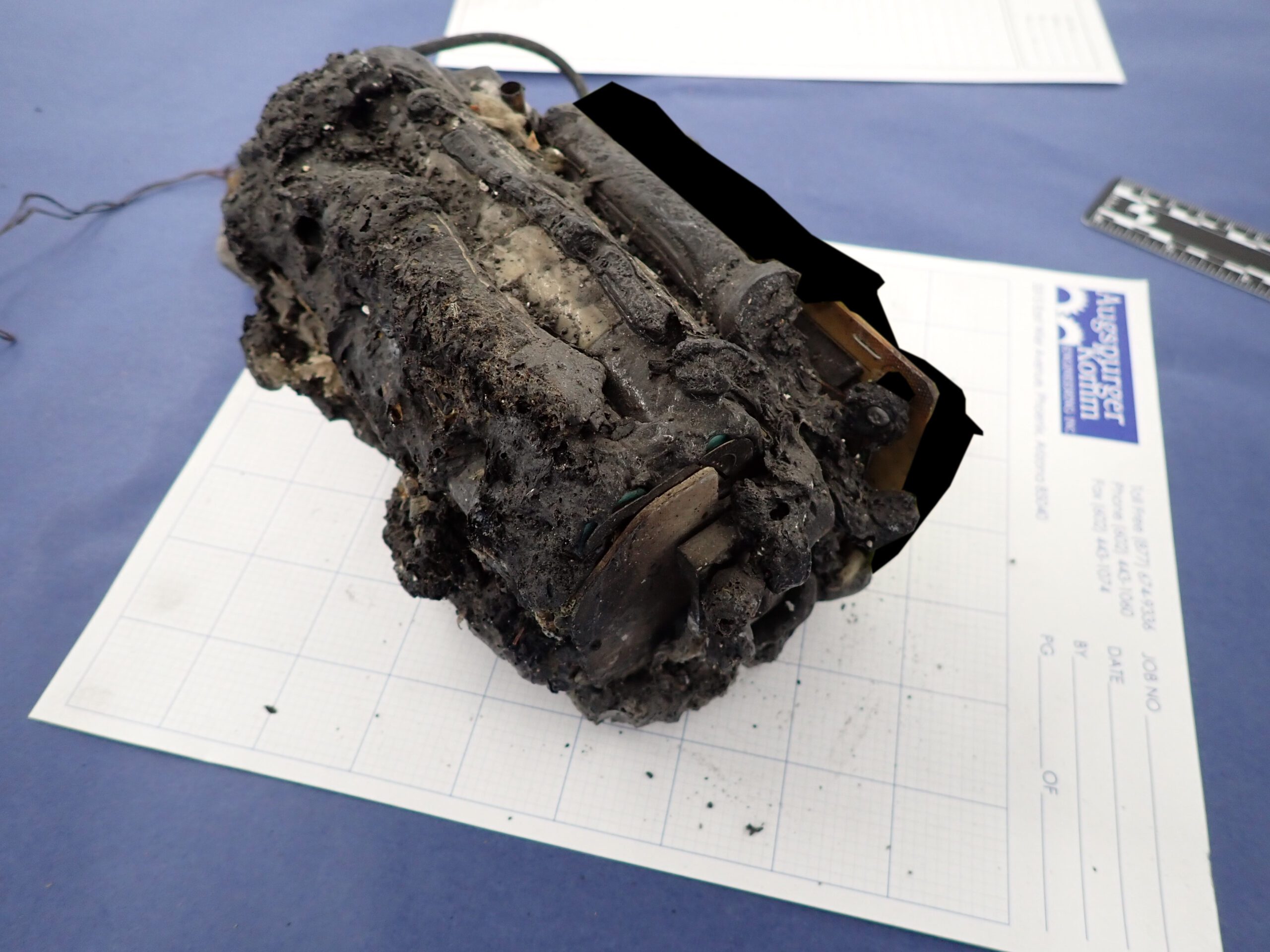In recent years, the surge in consumer product battery fires has raised significant concerns about safety, property damage, and even loss of life. Devices like e-bikes, hoverboards, drill packs, and e-cigarettes have become increasingly popular, but their reliance on lithium-ion batteries has introduced new risks. From the perfect storm of elevated temperatures and a lack of regulation on substandard batteries, the risk is too high to be ignored.
An expert on the matter, Dr. W. Brandon Martin, an Electrical Engineer who specializes in systems engineering and controls as well as Lithium-Ion battery fires, provides unique insight into the potential causes of consumer product battery fires, current safety standards and regulations (or lack thereof), and practical tips to reduce the risk of damage.
Possible Reasons for Consumer Product Battery Fires
Temperature Factors
Elevated temperatures play a crucial role in battery failures. Regions with high heat, such as desert environments, can be particularly problematic for battery-operated devices. Extreme temperatures can trigger thermal runaway, a chain reaction that results in fires or explosions. Interestingly, while both extreme cold and heat can affect battery performance, they do so differently. Cold conditions increase internal resistance and reduce capacity, whereas high heat can break down barriers, increase the risk of a short, and subsequently lead to catastrophic thermal runaway. While cold temperatures can also cause thermal runaway, it is more rare.
Lack of Regulation Surrounding Batteries
One significant issue contributing to battery fires is the lack of comprehensive regulation surrounding batteries. While there are recommended safety standards, such as the “UL Listed” or certification, but compliance with these standards is voluntary. For instance, one major online retailer enforces the UN38.3 standard for battery safety during shipping, but even this standard can have loopholes. Manufacturers can claim to have certain safety monitors without necessarily having them verified.
Without enforced battery management practices, the problem remains only partially addressed. Many incidents of failure and property damage are attributed to low-quality batteries produced by companies prioritizing profit over safety. The need for more stringent regulation is evident to ensure that batteries meet established safety criteria.
Best Practices for Consumers
To limit the potential damage from battery fires, consumers can adopt several best practices:
- Energy Release Awareness: Recognizing the energy release potential of batteries is crucial. While the explosive yield might be low, the impact can be substantial. The force of the explosion might cause batteries to launch across a room, increasing the chances of igniting other objects. Many devices use rechargeable 18650 batteries, which are similar in energy capacity to some hand grenades. Familiarize yourself with battery management systems (BMS) technology and its role in preventing overcharging, overheating, and other risks.
- Practice Device-Specific Tips: Different devices have varying battery management needs. For example, e-cigarettes are susceptible to dangers when modified, so it is advisable to avoid altering them. Adjust settings on cell phones to limit charging to around 85% of maximum capacity, which can reduce risks and extend battery life. Similarly, follow manufacturer-recommended charging practices for cordless vacuums, electric vehicles (EVs), e-bikes, and hoverboards, which should NOT be left on the charging port the entire time they are not in use.
- Know Where to Charge: To proactively limit the damage if a loss of life or property were to occur, avoid high-human traffic areas for every charging station. Keep an exit strategy in mind should an unfortunate event take place, (i.e. don’t charge device near any doors). Other tips include charging mobile devices on the counter in another room, rather than by your bed or couch. On the note of avoiding flammable objects, it would also be advised not to charge a device in a closet with clothing.
Consumer product battery fires are a growing concern that requires attention from manufacturers, regulators, and consumers alike. Elevated temperatures, lack of regulation, and low-quality batteries all contribute to the increased risk of fires and explosions. By understanding the reasons behind these incidents and adopting best practices for battery management, consumers can significantly reduce the likelihood of damage and protect their safety and property. It’s imperative that industry stakeholders collaborate to enforce stricter safety standards and ensure the widespread adoption of effective battery management systems to prevent an increase in future incidents.




